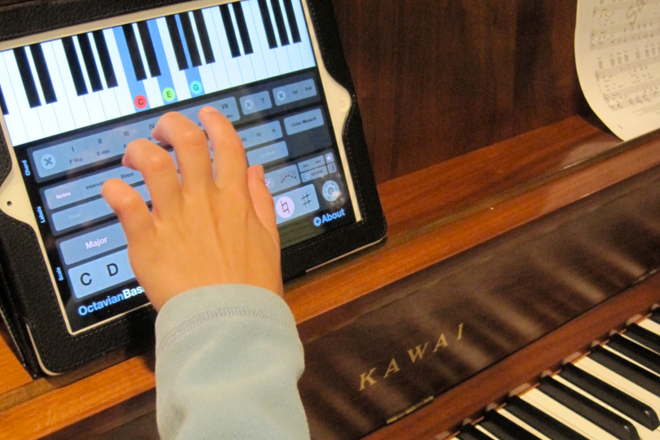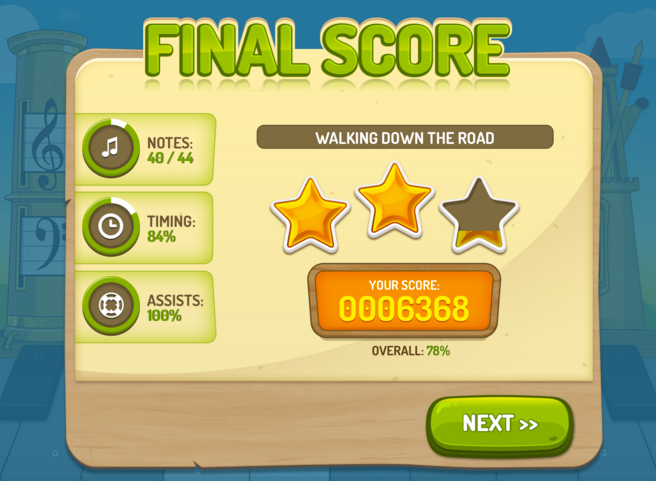Odd Time Signature Examples & The Musicians Who Love Them

The 7 Best Songs With Unique Time Signatures
Time signatures and measures make the difference between being an awesome musician and knowing how to play a bunch of notes in a row. By changing the timing of our notes, we create that “musical” sound that gives what we play a unique personality.
Unusual time signatures can help musicians even further, combining familiar notes and beats in crazy new ways to make incredible new sounds and songs. Some of the most legendary artists and bands in history have used these time signatures to make one of a kind beats that are recognizable for their unique sound. Check out our 7 favorite songs with unusual time signatures!
Rush – Tom Sawyer (⅞ time)
Rush is one of the most famous Canadian bands in history, and “Tom Sawyer” is arguably their best-known song, featuring a great combination of standard 4/4 beats and a great instrumental breakdown in a ⅞ time signature that makes the song a powerful and exceptional rock anthem.
[embedyt] https://www.youtube.com/watch?v=auLBLk4ibAk[/embedyt]
Pink Floyd – Money (7/4 time)
Featuring what is easily one of the most recognizable bass riffs in classic rock, Pink Floyd’s “Money” is a perfect example of unusual measures. The song’s bouncy bassline leads the band on a great 7/4 time signature that gives “Money” an unmistakable swagger, and a great jazzy feel.
[embedyt] https://www.youtube.com/watch?v=-0kcet4aPpQ[/embedyt]
The Beatles – Happiness Is a Warm Gun (4/4, 5/5, 9/8, 10/8, and on and on)
This is undoubtedly one of the Beatles’ most eccentric songs, featuring mood changes and musical styles that range from doo-wop to rock to pop. The track features a dizzying series of changing time signatures that give each section of the song such a distinct feel from the others.
[embedyt] https://www.youtube.com/watch?v=zei3xnivwFk[/embedyt]
Outkast – Hey Ya! (Emulates an 11/4 time)
While this is actually cheating, since “Hey Ya!” is technically in a 4/4 time, Andre 3000’s masterful use of a standard time signature actually gives “Hey Ya!” it’s catchy, unforgettable beat. The song uses what’s known as a cadential phrase, which combines a series of measures to create what seems like a continuous measure on a distinct signature.
[embedyt] https://www.youtube.com/watch?v=PWgvGjAhvIw[/embedyt]
Radiohead – 15 step (5/4 Time)
The opening song to Radiohead’s classic In Rainbows, “15 Step” applies a rarely utilized 5/4 time signature that gives the song a strangely syncopated sound. The song maintains the beat throughout, making for a high-energy romp in electronic rock.
[embedyt] https://www.youtube.com/watch?v=r7UKu8s84S0[/embedyt]
MGMT – Electric Feel (6/4 time)
MGMT’s laid back “Electric Feel” uses a non-standard 6/4 time signature, creating some great effects. The unusual measure gives the song a bouncing that feels like taking a walk down 70s disco lane while the drums keep it strongly grounded in modern electronica.
[embedyt] https://www.youtube.com/watch?v=MmZexg8sxyk[/embedyt]
Led Zeppelin – The Ocean (4/4+⅞ time)
Not one of Led Zeppelin’s best-known tracks, the song still features a fascinating drum beat that perfectly complements Jimmy Page’s unorthodox guitar riffs. The song’s unusual ⅞ measures are used to build a combination of blues and Led Zeppelin’s trademark heavy rock sound.
[embedyt] https://www.youtube.com/watch?v=GsKJlZi04I0[/embedyt]









